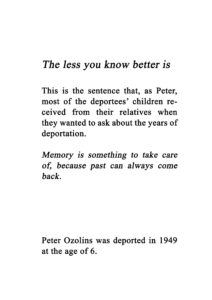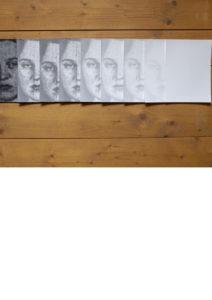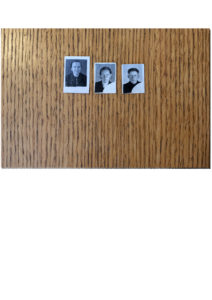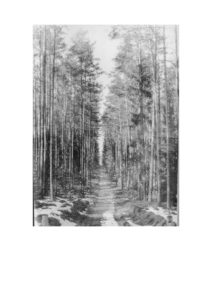White Blossoms(2022) During my residency in Rucka (Latvia), I heard from the voices of the protagonists the deportations to Siberia. I empathized with the pain and frustration this experience produced in their lives, forever shaping them, and tried to transpose this feeling into my prints.
“From 1940 to 1941, about 36.000 inhabitants of Latvia were persecuted for political reasons. From 1940 to 1956 Latvia lost 28%, or 565.000, of its people – by war, as refugees, due to repressions by the occupation powers, and deportations to the GULAG. The Soviet deportations were officially explained as important political acts in the fight against the enemies of the proletariat. Whoever protested would be accused of anti-Soviet agitation, a criminal offence according to the 58th paragraph of the criminal code of the Russian Soviet Federal Socialist Republic.(…) Beginning in 1956, several decrees regarding amnesty for the deported were passed by the Supreme Soviet of the USSR. However, until the end of the 1980s the decrees were only partial – they did not restore all human rights, and did not reinstate confiscated property.” from the book “Ar Berna Acim” (Through the eyes of a child”): drawings of eleven-year old Nita mailed from Siberian exile to Latvia.
WHITE BLOSSOMS
|















